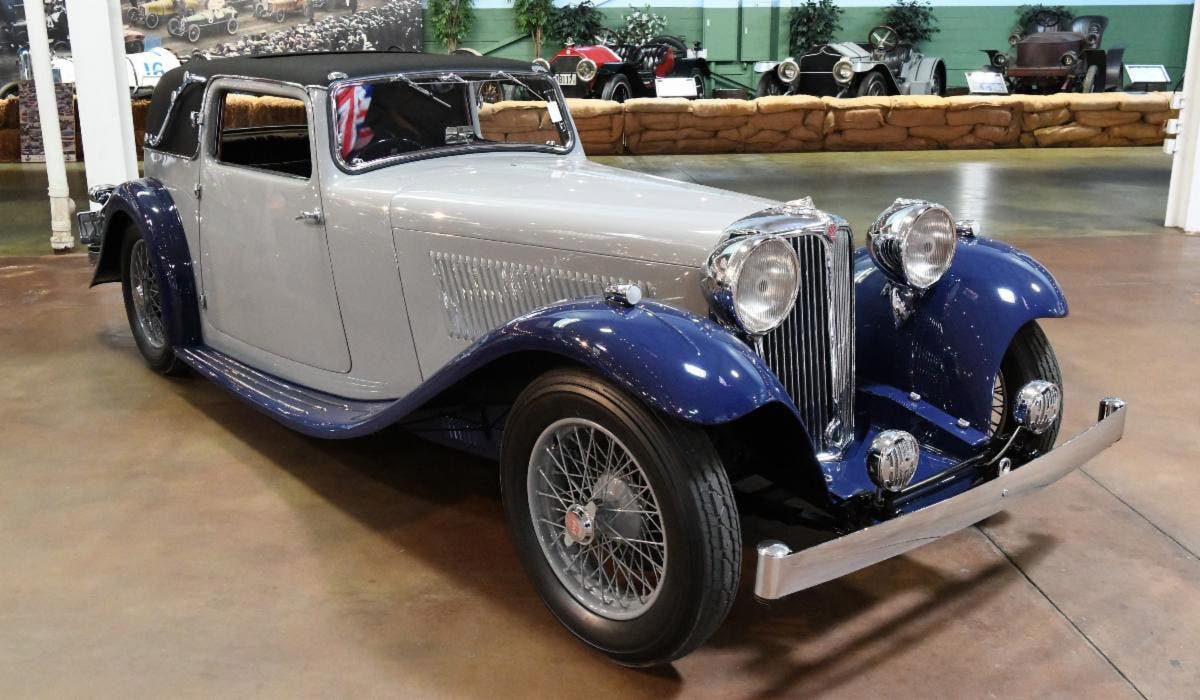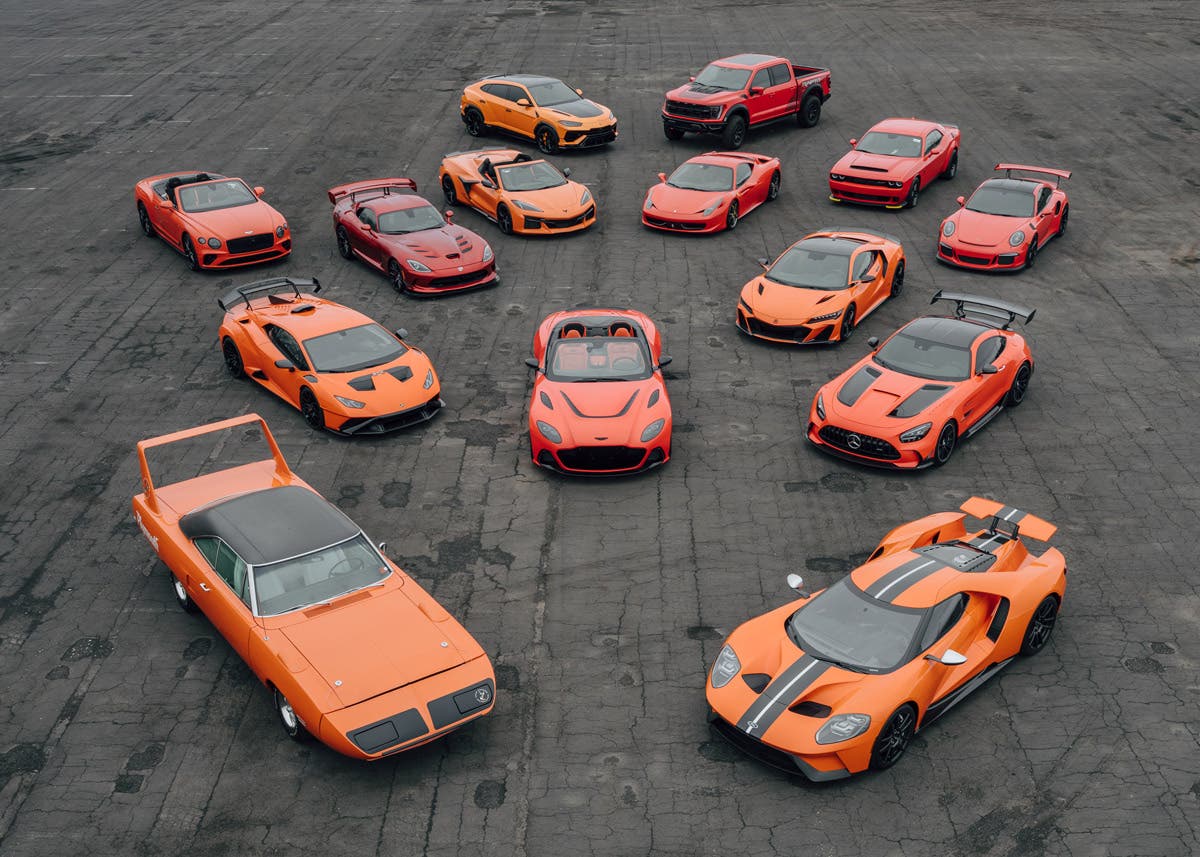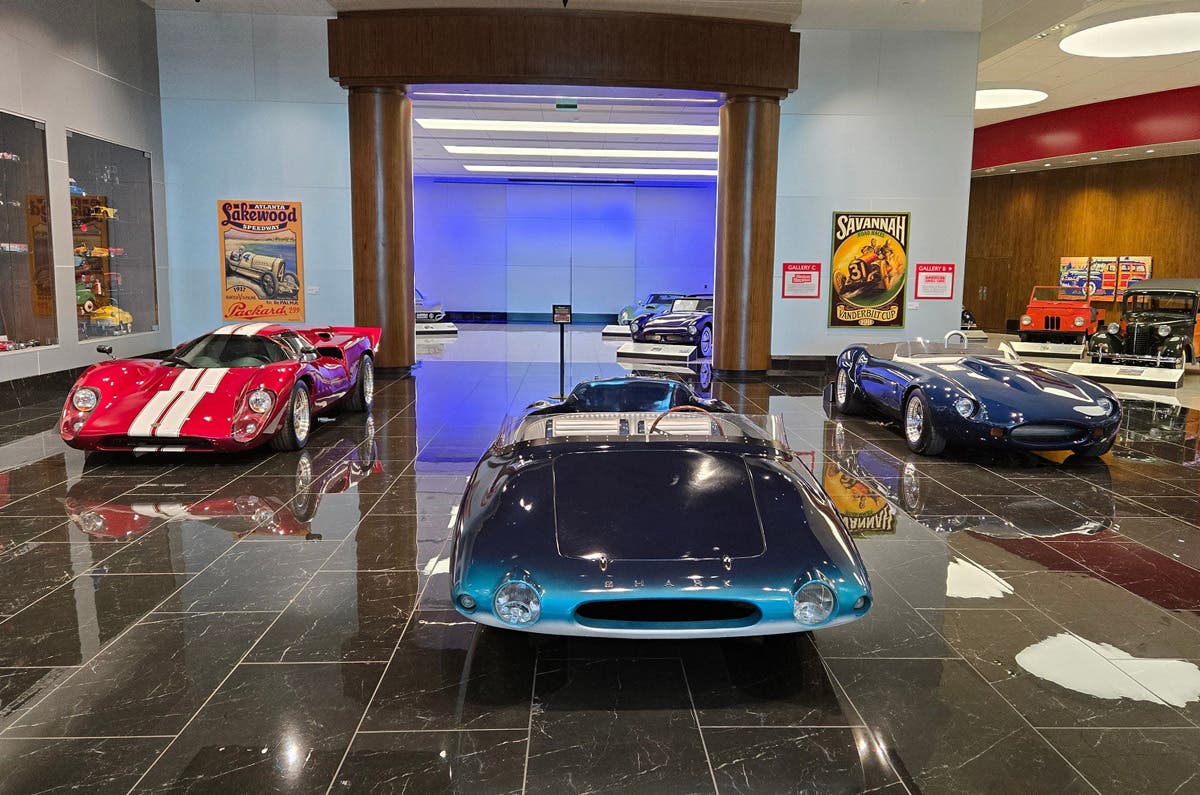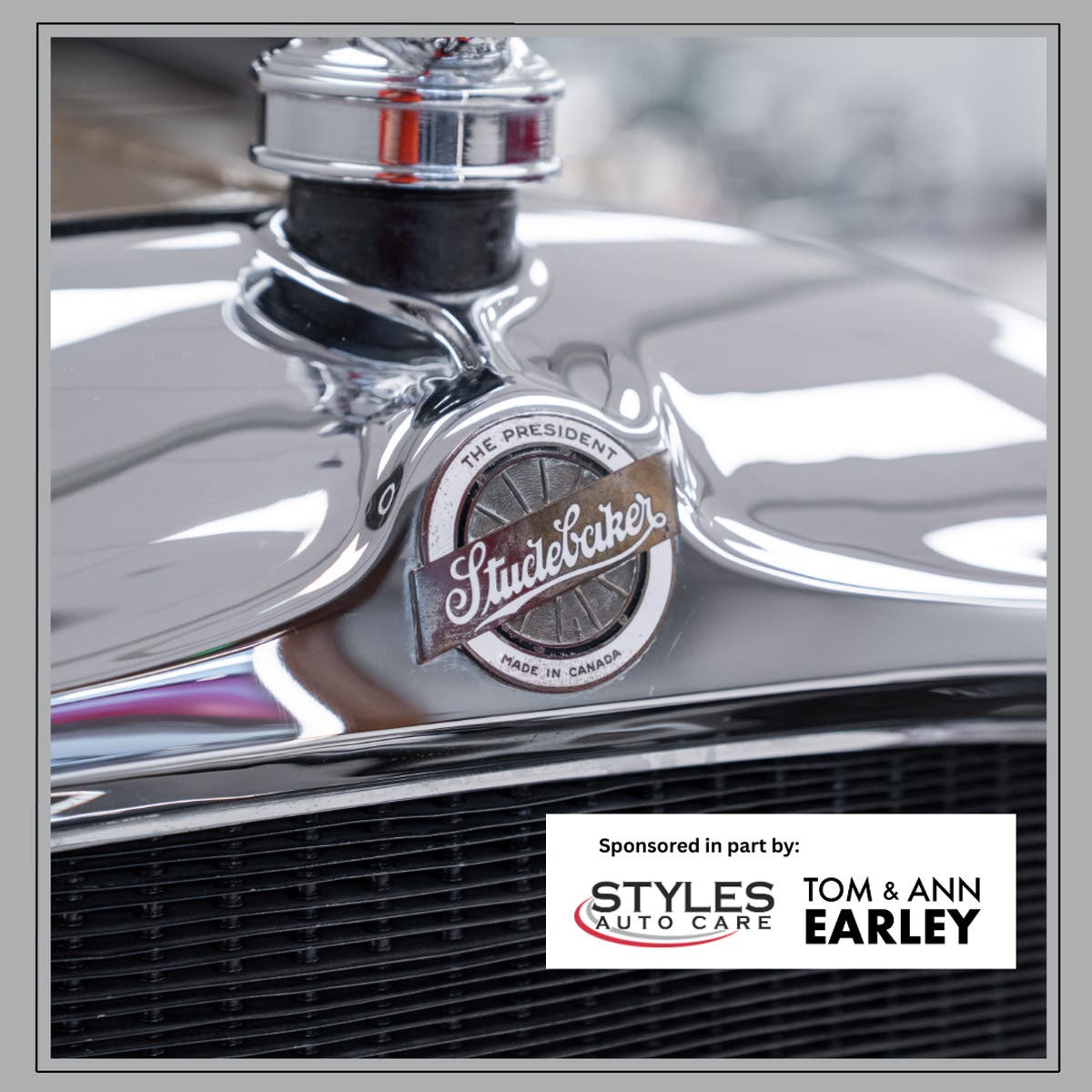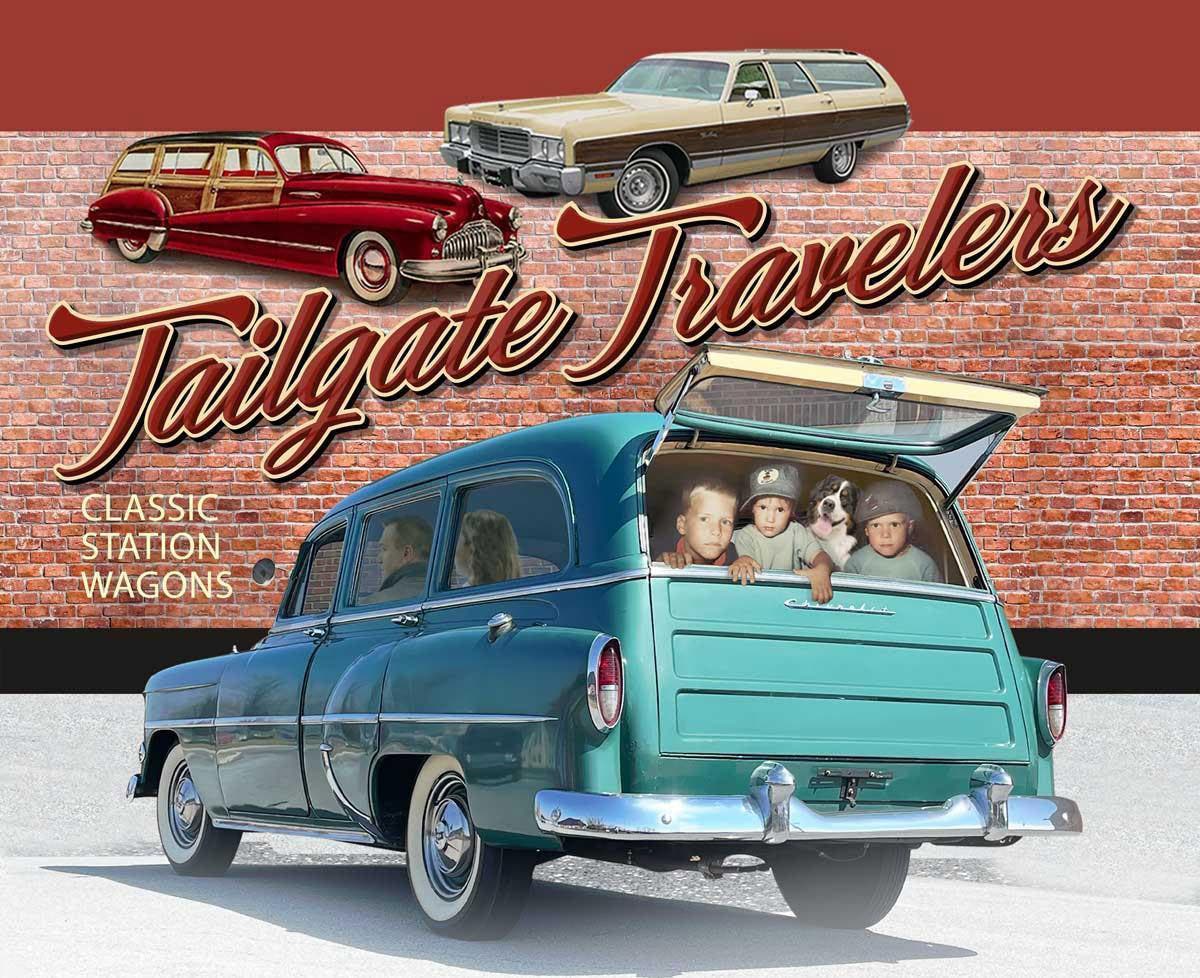Drag racing was the proving ground of the 1960s. There may have been factories who acted like they had nothing to do with it, but thundering to victory on the quarter-mile was a fast way to get young lions into the showroom the following Monday.
Lou Downing gets some air under the front wheels of the historic race car during eliminations at Beaver Springs Raceway.
As the sport of acceleration evolved during that turbulent decade, regardless of what official statements said, every American auto manufacturer had a dog in this hunt. The restoration you see here is of the most infamous AMC race car from that era.
By 1969, American Motors Corp. had come a long way since the days its Ramblers were just utilitarian family cars. By 1967, the company hired noted funny car racer Hayden Proffitt to campaign a fiberglass replica of the company's new Rebel SST. And, there was a new two-door, two-seat sports car called the AMX on the drawing boards.
There were some changes for racing, like this shifter and aftermarket gauges.
Built around the Javelin body, the AMX was reduced to a very small 97-inch wheelbase, which was an inch shorter than the Corvette. This first-ever AMC sports car came standard with a 290-cubic-inch, 225-hp V-8 engine, but could be optioned with the 343-cubic-inch, 280-hp or 390-cubic-inch, 315-hp engines. Both engines had a single four-barrel, were backed by either a Borg-Warner Torque Command automatic or Borg-Warner four-speed and a 3.54 ring and pinion.
The success of the AMX prompted AMC to look a little deeper into where it might compete the following year. The company had Hurst Industries put together a package that could run with the big dogs in Super Stock drag racing. Like the Chrysler Hemi A-bodies Hurst had built the year before, these AMXs came with disclaimers stating they were not for highway or passenger-car use. The cars received four-speed transmissions complete with a Hurst shifter and linkage. Inside, they were Spartan; everything that was not necessary was deleted, and lightweight race seats replaced the factory versions. However, the race-only AMXs were built without any lightweight sheet-metal body panels.
Looking the part of the bad boy it was, the short-wheelbase Super Stock AMX was a benchmark car of the muscle car era. Less than 60 were built.
Under the scooped hood, the hand-fitted 390-cid engine received 12.2:1 compression forged pistons, larger valves, special head castings, a mechanical camshaft and a cross-ram intake with two Holley four-barrels bolted on. The official horsepower rating was a mere 340 hp by AMC, at 4,800 rpm. AMC released official paperwork to the NHRA stating the cars were delivered in semi-finished form, and the eventual owner/racer would be expected to do the blueprinting and final race prep on their own. The careful selection of parts allowed them to place the cars solidly into the SS/D-SS/E division.
Lou Downing and Mike Pearce stand by the door of the historic car after Lou went six rounds at the York US30 Reunion. Lou had not driven for almost 30 years!
Loren "Lou" Downing, a Division V racer from Kearney, Neb., first campaigned AMXs under the Pete's Patriot banner (named for sponsor and car owner Peterson Motor Co.) in Stock Eliminator. Downing had proven his salt by taking the Division V crown in 1969 in one of the new SS cars. The Pete's Patriot AMX became feared in national competition, taking Downing to a national record in the SS/D class and the finals at Indy. Quite an achievement, since SS/D was where all the new four-speed 1970 Hemi 'Cudas and Challengers raced, as well.
Like so many other race cars, after its glory days, the car was eventually turned into a bracket car and ended up in a somewhat dilapidated form. The then-owner of the car decided to bring it out to Cecil County Dragway in Maryland for a special AMX reunion in 2001. There, longtime AMC fan Mike Pearce got a chance to see it and eventually own it.
"That car was, in a word, sad," admits Pearce. "These guys knew what it was, but it had been gutted for bracket use; there may have even been a big-block Chevy under the hood at one time. But it was Lou Downing's car, which I consider to be the ultimate Super Stock AMX, and I was able to buy it."
This was a lot of engine from any manufacturer; twin Holleys on a cross-ram intake ensured the engine always had enough fuel.
An eight-month thrash to restore it back to glory ensued. Since the original 1969 engine was long gone, a fresh powerplant was built by Dennis Long for the car, created to run Nostalgia Super Stock competition. From the start, Mike had plans to see the AMX return to action. Ken Kier did the safety upgrades to the suspension while maintaining the car's historical integrity. The engine is backed by an automatic now, with Keystone wheels back on all four corners. It has recaptured the flavor of the era with great success.
We first saw the car at the York US30 reunion in York, Pa., in 2003. The following year, Downing came out to the event and personally drove his old car for the first time after decades at the one-day race held at Beaver Springs Dragway each year as part of the early July event. Downing eventually went six rounds, all the way to the finals, after not having driven since the 1970s.
Keystone mags, reissued by Cragar, are on all four corners.
The York Reunion and Nostalgia Nationals is a combined effort of Darwin Doll, former NHRA division director and Beaver Bob McCardle of Beaver Springs Dragway. Both are dedicated to the preservation of our performance heritage. This year's event will be held July 13-14 at the York County Fairgrounds and July 15 at Beaver Springs Dragway.



